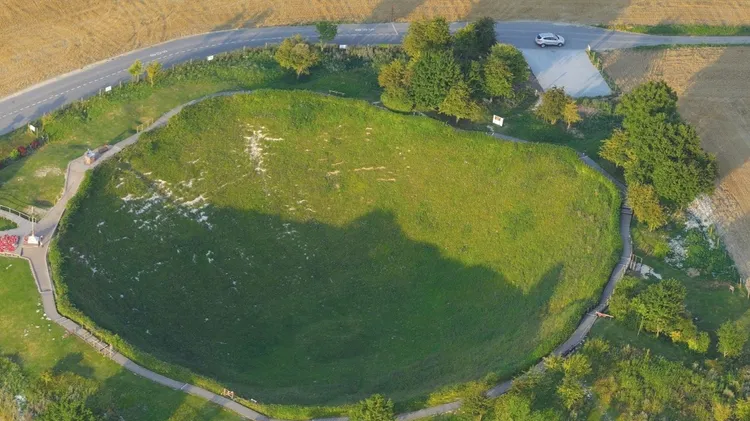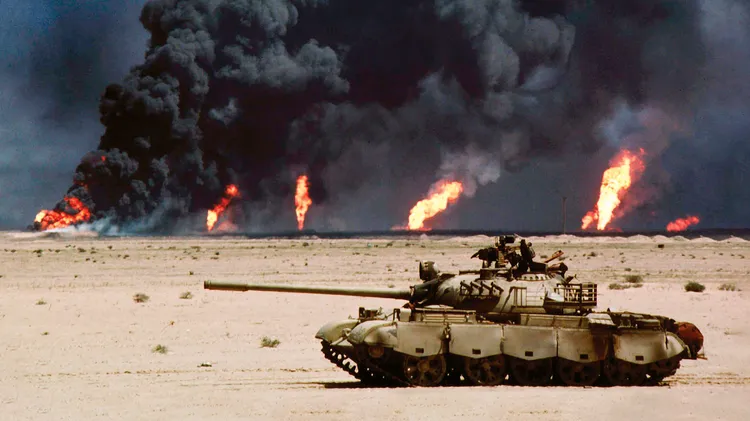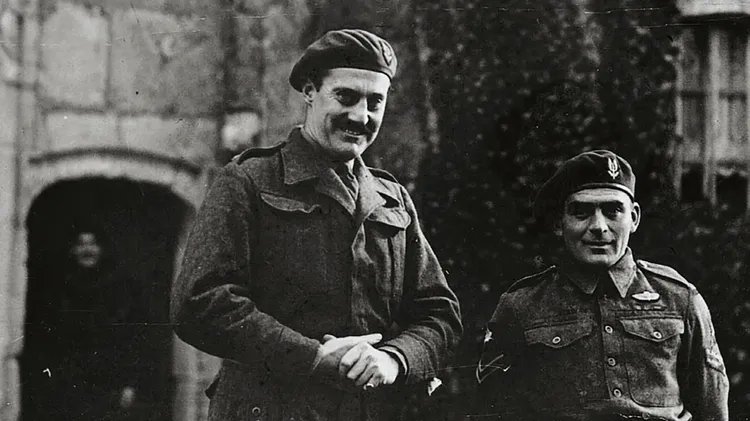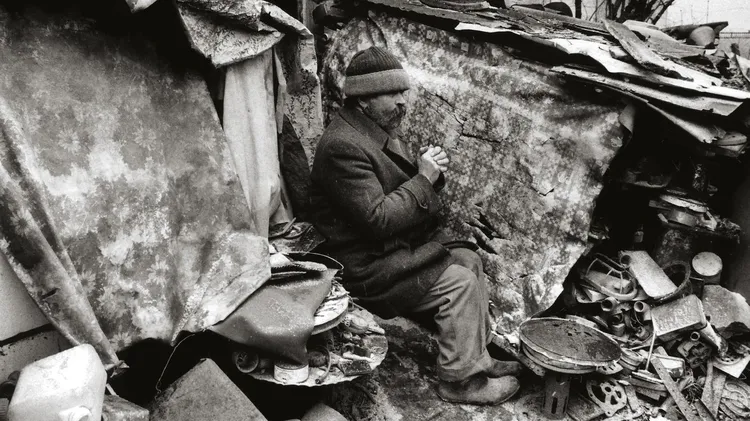Ferrying troops to the beaches wasn’t the only contributio
1944normandy’s forgotten heroes
13 min read
This article is from...
Read this article and 8000+ more magazines and newspapers on Readly






